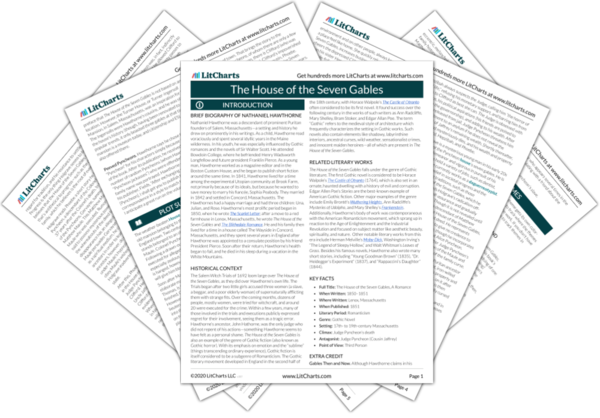As the House’s ominous silence persists, an increasingly dark mood builds. As Dixey and his friend find suspicious evidence outside, there’s also a growing sense that something terrible could come of all this. It’s telling that Phoebe, the novel’s symbol of innocence, is the one who steps into this scene of looming horror, as it suggests that such seemingly disparate things tend to exist right alongside each other.
